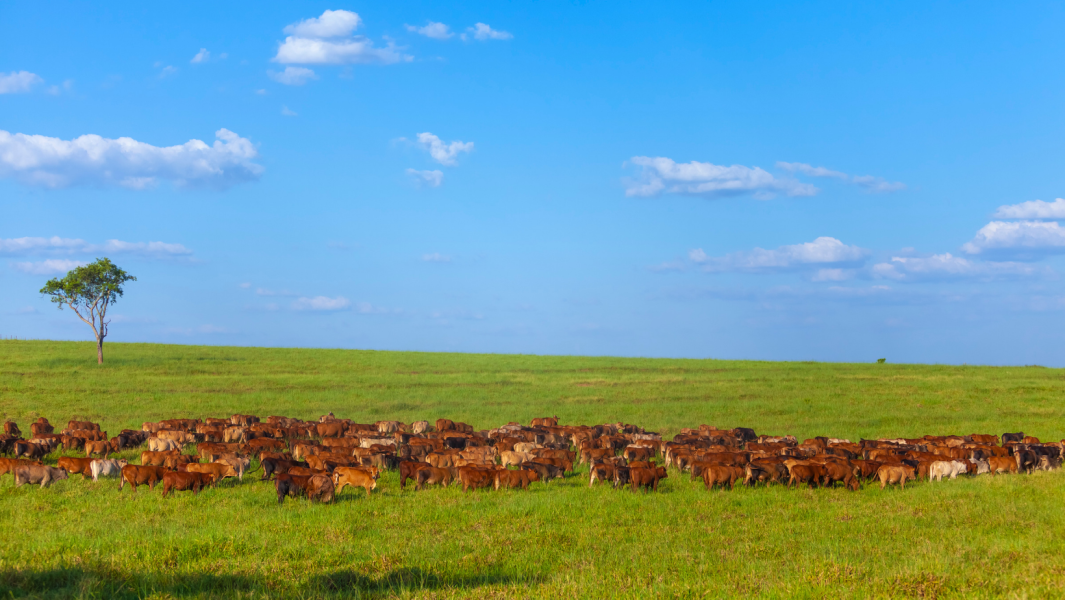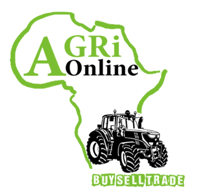Livestock health is key to inclusive growth in South Africa’s agriculture
- AgTag
-
Mar 30
- Share post

Livestock farming is one of the most strategic sub-sectors in South Africa’s agriculture.
Its value is not only derived from the fact that it directly accounts for roughly half of the agriculture gross value added, an estimated 48%, but also through its interlinkages to the grains and oilseeds sector. The livestock sector utilizes about 53% of the 11,5 million tonnes of domestically consumed maize per annum in South Africa. The industry also accounts for a significant consumption share in soybeans, sunflower seed, sorghum and wheat. Hence, the vibrant success and growth of the livestock subsector is also beneficial to these commodities and other value chain businesses.
Notably, the livestock sector’s potential to improve the inclusion of black farmers into commercially viable farming entities cannot be understated, especially as South Africa is currently in a drive for inclusive growth and a social compact approach to development in various sectors of the economy. Industry surveys conservatively estimate that black farmers are responsible for 34% of the South African commercial beef production, 13% of mohair, and 11% of wool. It is also widely known that animals represent a major source of both wealth and livelihoods for many South Africans in the traditional areas as well as the peri-urban agricultural sector. The health, condition and productivity of these animals could therefore be critical in promoting inclusive economic growth and improved well-being for many of our poorest families.
The policymakers and industry focus should be to accelerate this subsector’s growth comprehensively. But there are persistent challenges that threaten progress. One such challenge is the deterioration of animal biosecurity measures, which we observe through frequent outbreaks of foot-and-mouth disease and African swine fever in the case of piggery, amongst other diseases. Last week, the Department of Agriculture, Land Reform and Rural Development confirmed a case of foot-and-mouth disease on a commercial stud farm in North West. Additionally, there was another case detected in Collins Chabane municipality in Limpopo, which added on some areas in the province where the disease was detected in 2019. These are additional cases to the foot-and-mouth outbreak in KwaZulu-Natal. The challenge with these detections is that they present what has become a frequent occurrence of these animal disease outbreaks. This is additional to various cases reported in the poultry industry and piggery.
The economic cost of the disease outbreaks is related to limitations on trade domestically in the affected regions, and most importantly South Africa’s inability to export red meat products to high-value markets in the EU, UK, and the USA. This reality brings huge financial losses to the sector but also inhibit the growth of this subsector – first for the commercial and export-orientated farmers but then also the small livestock keepers that could potentially benefit from the surge in demand through growth in exports.
Export growth is an important strategic tool of demand-pull growth for black farmers eager to commercialize and expand their farming operations. Some have partnered with established livestock farming entities in cattle, sheep and piggery industries. If the export markets could open and there is a surge in demand for South African livestock products, then the new entrant black farmers also benefit. These disease outbreaks resulting from poor disease monitoring, coordination and limited and/or delayed actions by government officials not only affect the directly affected livestock value chains but present risks to the entire livestock subsector. Many may remember China’s drastic move in 2019 to temporarily ban South Africa’s wool imports following the outbreak of the foot-and-mouth disease in Limpopo. China is an important market for the South African wool industry and accounts for an average of 71% of South Africa’s wool exports in value terms. The ban on wool imports for several months saw South Africa’s wool exports declining by 24% year-on-year to US$302 million in 2019. The live animal trade with the neighbouring countries and red meat exports also faced various limitations for months.
The recent outbreaks could again lead to temporary bans of some South African livestock product exports by various nations. The common understanding is that unless drastic action is taken by the government, South Africa will remain a pariah in the international meat trade environment for at least the next five years. Despite this reality, we have not yet observed dramatic measures to turn this sad reality around and we hope that there could be leniency and a scientific approach to decision-making by South Africa’s various trading partners.
Therefore, it is of the utmost importance that government and farmer associations prioritise improving South Africa’s biosecurity systems. There needs to be an urgent plan of action to address a range of scientific challenges such as the failures in state-owned animal vaccine manufacturing entities like Onderstepoort Biological Products (OBP). Improved disease monitoring and improved functioning of dip tanks in the rural areas to service the livestock of small-scale farmers are urgently needed. There also needs to be a better and more rapid response to outbreaks of all kinds between industry and government departments (national and provincial).
The minister has last year appointed a task team to unpack the systemic problems in South Africa’s animal biosecurity system. The task team was composed of Dr Shadrack Moepuli, Prof Johann Kirsten, Dr Gideon Bruckner and Dr Kgabi Mogojane. We believe that this esteemed task team has completed a report on their investigation, and its recommendations should hopefully be implemented swiftly.





